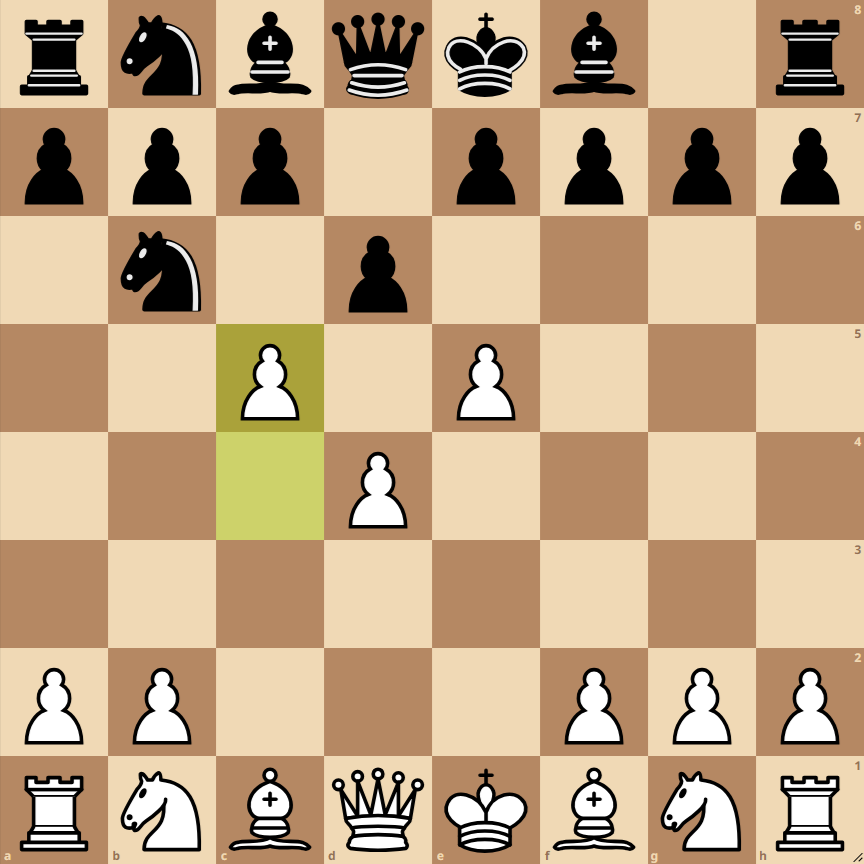How to Play the Alekhine Defense Hunt Variation Opening
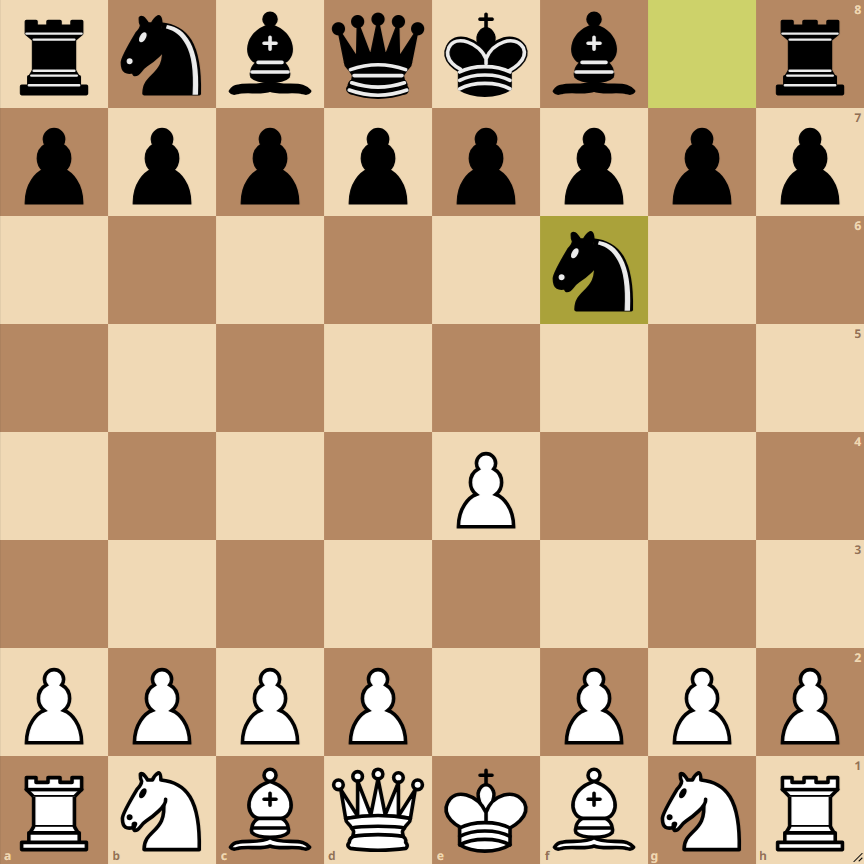
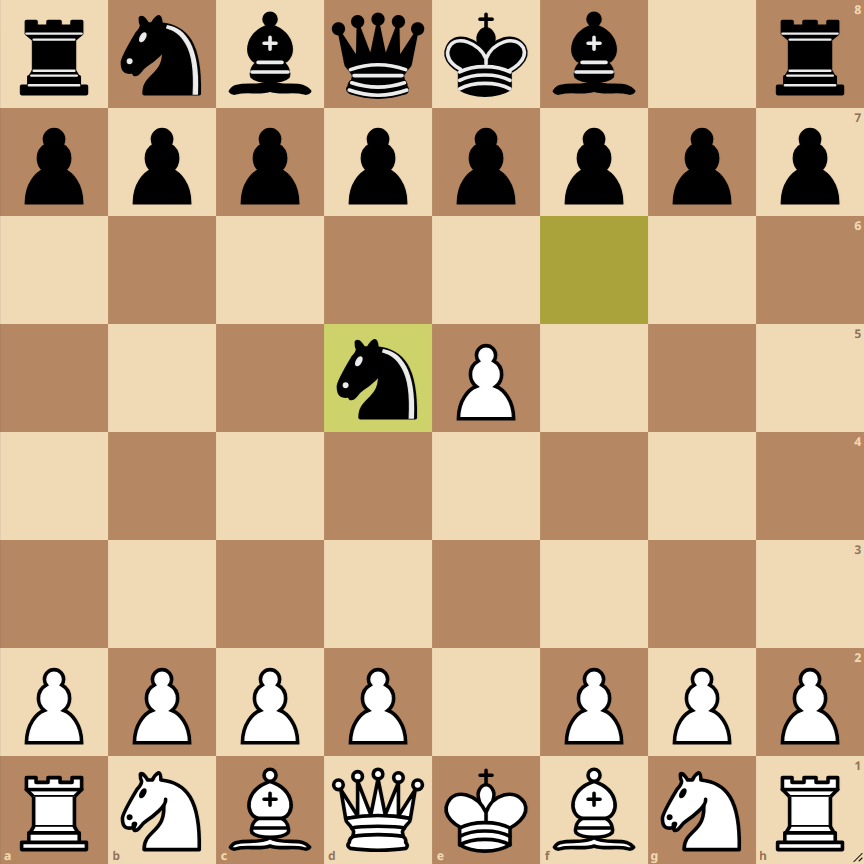
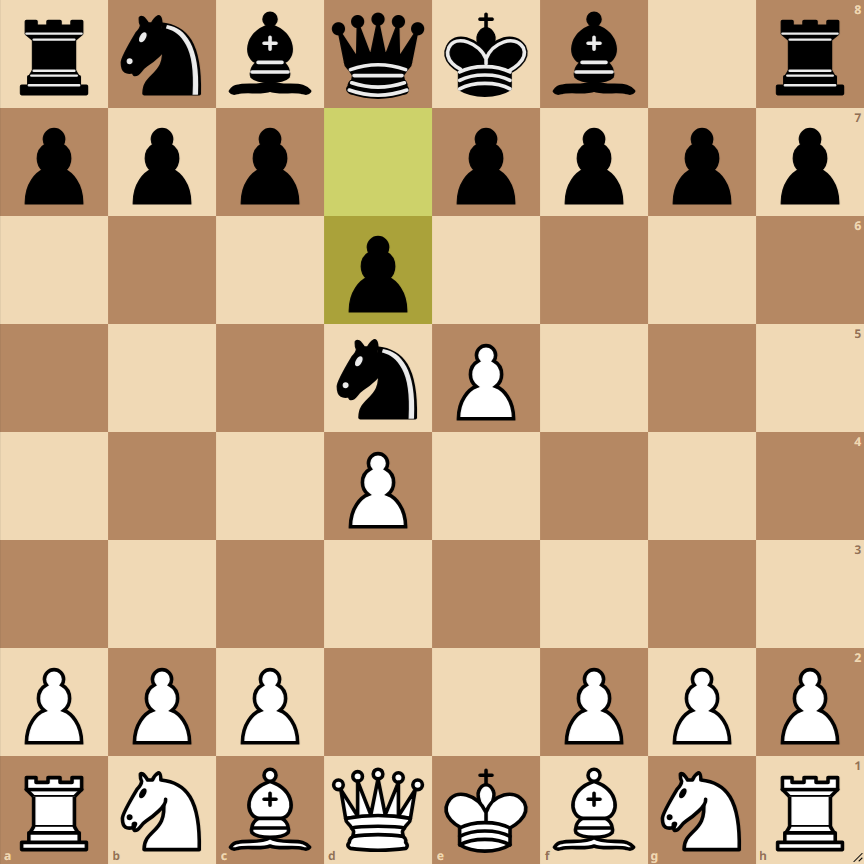
The Alekhine Defense, Hunt Variation, is a chess opening characterized by aggressive moves and a dynamic pawn structure. Below are the main moves of this opening:
- 1. e4: White opens with the king’s pawn, controlling the center and preparing for piece development.
- Nf6: Black responds with the knight to f6, attacking the e4 pawn and announcing the Alekhine Defense.
- 2. e5: White advances their pawn to gain space and displace the black knight.
- Nd5: The black knight retreats to d5, maintaining pressure on the center.
- 3. d4: White strengthens their center and prepares the development of other pieces.
- d6: Black looks to break the white center and free their position.
- 4. c4: White attacks the knight on d5, aiming to win material or displace it.
- Nb6: The black knight retreats to b6, keeping pressure on the center and avoiding capture.
- 5. c5: White advances their pawn to pressure the knight on b6 and control more space.
Variations of the Alekhine Defense Hunt Variation Opening
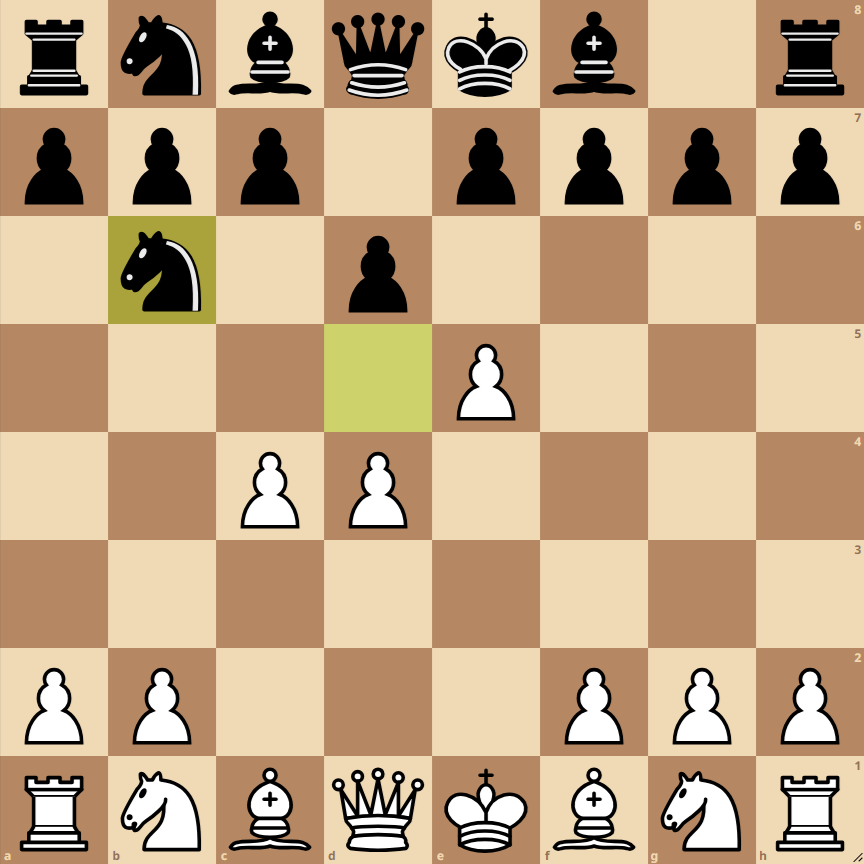
Variation 1: 4…g6
In this variation, black plays 4…g6, preparing to fianchetto the bishop and aiming to control central squares from a distance. This offers a more flexible game and closed positions.
Variation 2: 4…exd6
Here, black chooses to capture on d6 with the pawn, simplifying the center and preparing for rapid piece development. This line can lead to a more symmetrical pawn structure and a balanced game.
Variation 3: 4…e6
With 4…e6, black seeks to strengthen their center and prepare the development of the bishop on c8. This move leads to more solid pawn structures and deeper positional play.

